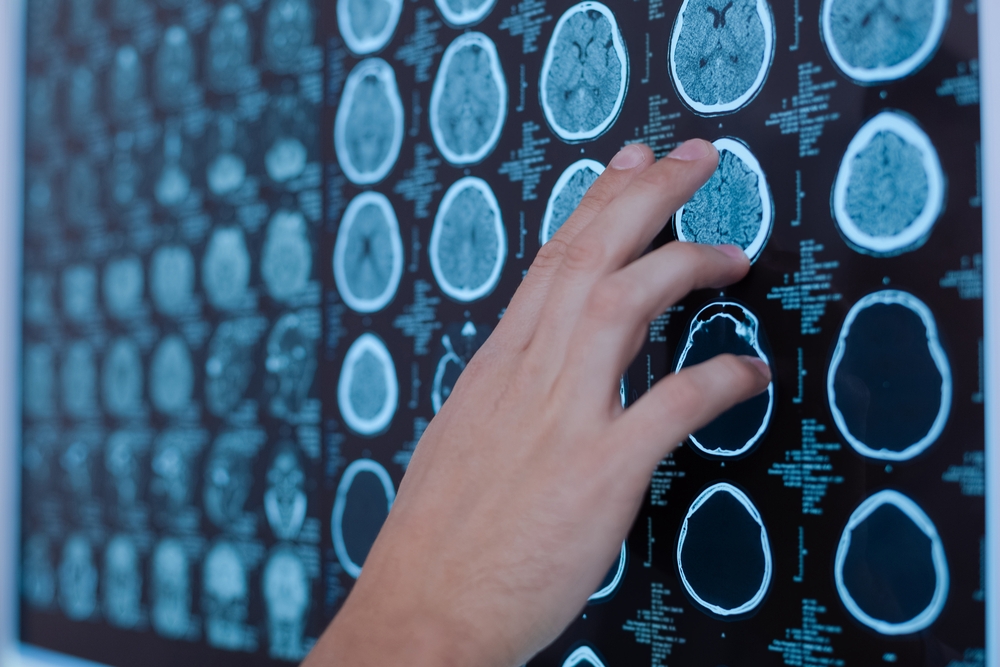Dealing With Fabry Crises

Fabry disease is a rare genetic disease characterized by the buildup of a type of fat called globotriaosylceramide (Gb3 or GL-3). This Gb3 buildup in the cells and tissues of the body causes a variety of symptoms that can be life-threatening.
Many Fabry disease patients experience Fabry crises, which are episodes of excruciating pain, fever, and burning sensations usually in the hands and feet. The burning sensation can also spread to other parts of the body and last between a few minutes to several days. Fabry crises can be so debilitating that patients may need to rush to an emergency room for pain relief.
Despite their severity, Fabry crises can be managed. Here are some tips on how to minimize their occurrence and deal with them when they occur.
Understand the triggers
A Fabry crisis is often triggered by external factors such as weather and temperature changes, exercise, stress, certain foods, and pre-existing fever. Identify the potential triggers of a Fabry crisis, and avoid them as much as possible.
Keep pain medication handy
In unavoidable circumstances that may trigger a crisis, make sure that you have pain medication handy as a precautionary measure. Common pain relief medications include lidocaine and capsaicin cream. Ensure that you are taking these medications under medical supervision. Your doctor may also prescribe other treatments such as carbamazepine, gabapentin, phenytoin, neurotropin, opioids, or a combination of these depending on the severity of the pain.
Ensure adequate hydration
Fabry disease patients often experience reduced sweating (hypohidrosis) or a complete lack of sweating (anhidrosis), which can increase body temperature and trigger a Fabry crisis. Proper hydration helps maintain optimal body temperature and minimize pain episodes. Keep yourself well-hydrated and avoid alcohol, caffeine, and illicit drugs as much as possible.
Never miss an ERT session
Enzyme replacement therapy (ERT) is usually the preferred treatment option once a Fabry disease diagnosis is confirmed. Stopping ERT may result in the relapse of symptoms and pain crises, so ensure that you attend all your sessions.
Manage stress
Chronic pain is often associated with stress that’s so severe, it can lead to depression in Fabry disease patients. Thus, patients should manage their stress along with their pain symptoms by engaging in activities of interest, trying to stay positive, and ensuring adequate nutritional intake. Consult a psychiatrist to get a better assessment of mental health and prevent any depression from worsening.
Last Updated: Oct. 29, 2019
***
Fabry Disease News is strictly a news and information website about the disease. It does not provide medical advice, diagnosis, or treatment. This content is not intended to be a substitute for professional medical advice, diagnosis, or treatment. Always seek the advice of your physician or other qualified health provider with any questions you may have regarding a medical condition. Never disregard professional medical advice or delay in seeking it because of something you have read on this website.






